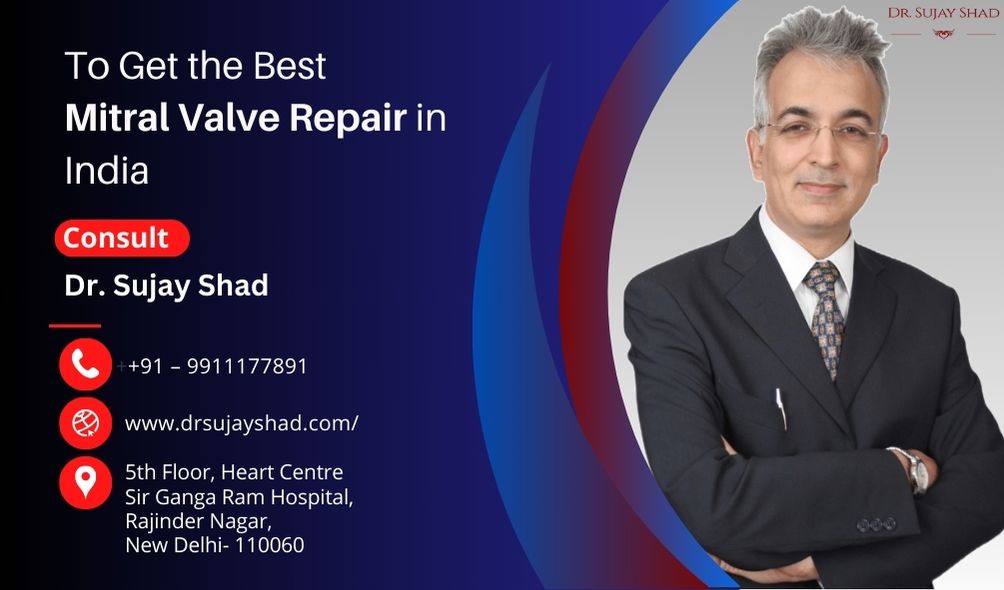We are not just living in the world of technology but also where every other person is dealing with health issues such as cardiovascular interventions. Gone are the days when people at a certain age used to get affected by heart-related diseases. Now, it is becoming more common to deal with heart issues. Plaque buildup in heart arteries is a serious health risk, obstructing normal blood flow. Comprising fat, cholesterol, and other substances, this accumulation narrows arteries, limiting blood reaching the heart. This diminished flow can lead to health complications and, in severe cases, trigger a heart attack. Cardiologists may suggest you go for Aginoplasty.
If you are dealing with any of these issues it is time to take action towards your health. To inform you more about Aginoplasty and its related elements, we have come up with this blog after conversing with Dr. Sujay Shad, the best heart doctor in Delhi at Sir Ganga Ram Hospital. So, let’s start!
Angioplasty: An Overview
Often termed balloon angioplasty, An angioplasty is a procedure that works by opening arteries to let blood go through more efficiently. Doctors use this procedure in tight spots in arteries where the plaque builds up the space inside an artery either too narrow or blocks it.
Angioplasty Is Recommended To Whom?
People dealing with coronary artery disease or a heart attack may need to undergo coronary angioplasty. It is also used in other body parts with narrow or blocked arteries, such as your legs, neck, arms, kidneys, and pelvis. In short, those organs where the artery reaches will get a better blood supply after angioplasty.
What Diseases Can Be Treated By Angioplasty Mehod?
Angioplasty treats a condition called atherosclerosis (a collection of plaque made up of fat and cholesterol) in your arteries in various parts of your body. The diseases that can be treated by the Angioplasty method are:
- Peripheral Artery Disease: Angioplasty is known to treat atherosclerosis in the major arteries in your legs, arms, and pelvis.
- Coronary Artery Disease: Percutaneous coronary intervention, or coronary angioplasty, can help you if you have a narrow or blocked coronary artery, which is keeping your heart from getting the oxygen it needs, leading to chest pain or heart attack.
- Carotid Artery Disease: Angioplasty can also help with blocked arteries in your neck. If these are left untreated, they can lead to a stroke if your brain doesn’t get enough oxygen.
- Chronic Kidney Disease: When plaque collects in the arteries in your kidneys, it directly affects how much oxygen can reach your kidneys. In some cases, a renal artery angioplasty can help.
How Common Is To Undergo Angioplasty?
Getting angioplasty is very common; as per a report published in Times of India, in India, nearly 4.5 Lakh patients undergo angioplasty annually.
Angioplasty Procedure
The angioplasty procedure is classified into three sections: before, during and after. Let’s study them carefully:
Before Angioplasty
Before actually performing an angioplasty, the doctor will suggest you stop drinking or even eating for a few hours before your angioplasty procedure starts. The time duration of the procedure will depend upon your situation.
At the hospital, you will be asked to put on a hospital gown and inform your doctor about your medication and if you have any allergies. After that, your doctor will put an IV in your arm to give you medicine to relax, though you must answer your provider’s questions. Moreover, you’ll also get medicine in your IV that will prevent your body from making blood clots.
During Angioplasty
Your doctor will insert a tube through your skin into a blood vessel in your wrist or groin. They also use medicine to numb the area and make the procedure painless.
A cardiologist will take the help of X-rays to find the way and move the catheter (tube) through your blood vessels to reach to blocked or narrowed coronary artery. You may feel warm briefly when they release a dye through the catheter to make it easier to monitor your blood vessels.
After getting into the problem area, the heart doctor will put in a wire and another catheter ( a balloon catheter) having a tiny balloon at the end of it.
The inflated balloon then pushes the plaque aside in the artery, creating enough blood flow space, like a football team cleaning a crowded subway aisle. Following that, a metal stent is usually placed to maintain the widened artery.
After Angioplasty
After the angioplasty procedure, the doctor will remove the catheters and take the help of a bandage to cover where the catheters went into your skin. You may feel pain or someone pressing on the wound to stop the bleeding; chances are you can get a bruise later.
Final Words
Angioplasty improves the blood flow in arteries with plaque, but maintaining a healthy lifestyle is also essential after the procedure. It can include a balanced diet, avoiding tobacco, regular exercise, taking the prescribed medications on time and consulting your doctor.
If you seek a top heart specialist, you can consult Dr. Sujay Shad at Sir Ganga Ram Hospital, the Best Hospital for Heart Surgery in Delhi. Visit now!


No comments yet